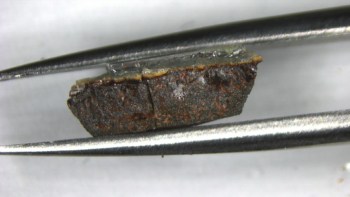Physicists have made a form of nickel that does not exist in nature. Xiaofeng Jin of Fudan University in Shanghai and colleagues in China, Italy and the US have made nickel with a body-centred cubic structure and shown that it is ferromagnetic. However, its magnetic properties are completely different from those of the naturally occurring phase, which has a face-centred cubic structure (C S Tian et al. 2005 Phys. Rev. Lett. 94 137210).
Iron, cobalt and nickel are the most ferromagnetic elements in the periodic table and naturally adopt different structures: body-centred cubic (bcc) for iron, hexagonal close packed (hcp) for cobalt, and face-centred cubic (fcc) for nickel. Iron and cobalt can exist naturally in an fcc structure at high temperatures, and these phases have also been made in the laboratory at room temperature. However, it has not been possible to make nickel with a bcc structure until now.
Jin and co-workers grew their bcc nickel, which was less than 3.5 nanometres thick, on top of a gallium arsenide substrate using molecular beam epitaxy. They found that it had a magnetic moment of about 0.52 Bohr magnetons per atom and a Curie temperature — the temperature below which it becomes ferromagnetic — of 456 K.
To its surprise, the team found that bcc and fcc nickel are completely different in some respects. The bcc phase, for instance, has a positive magnetic anisotropy, while the fcc phase as a negative value. This results in the inherent magnetic fields of the materials pointing in different directions in an applied magnetic field. In this regard bcc nickel has more in common with iron than with naturally occurring nickel.
“Our work shows that one can essentially make ‘new’ materials from ‘old’ elements, since fcc nickel is certainly an old element,” says Jin. “Moreover, bcc nickel has very different magnetic properties compared to fcc nickel.” The team now hopes to make other novel crystallographic structures from different elements and alloys.



